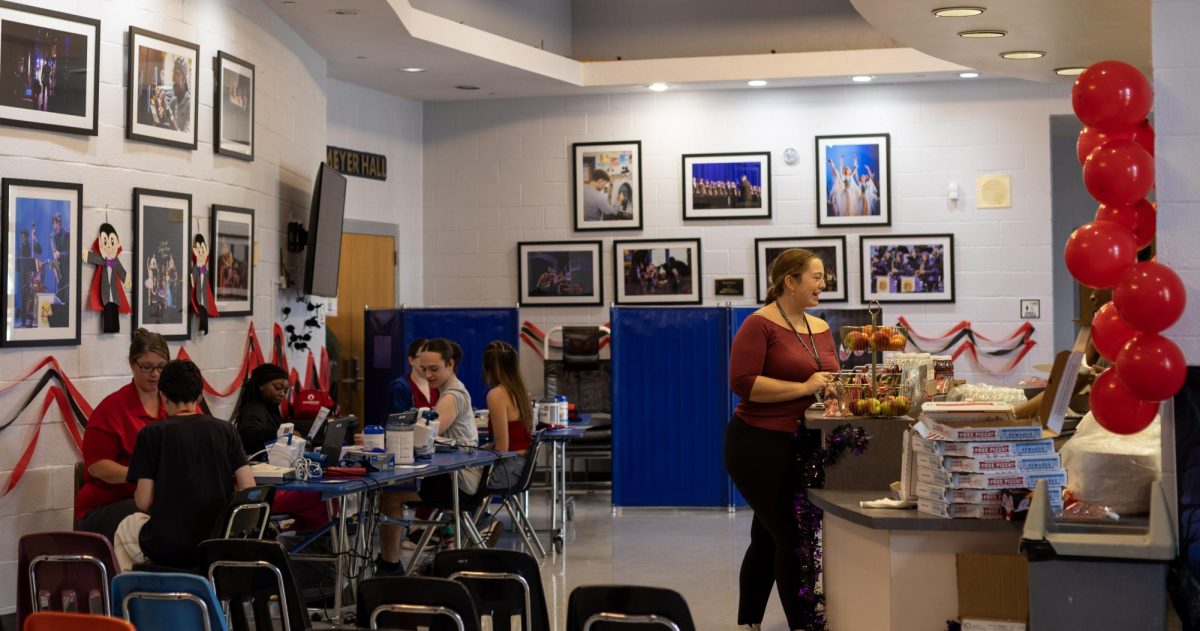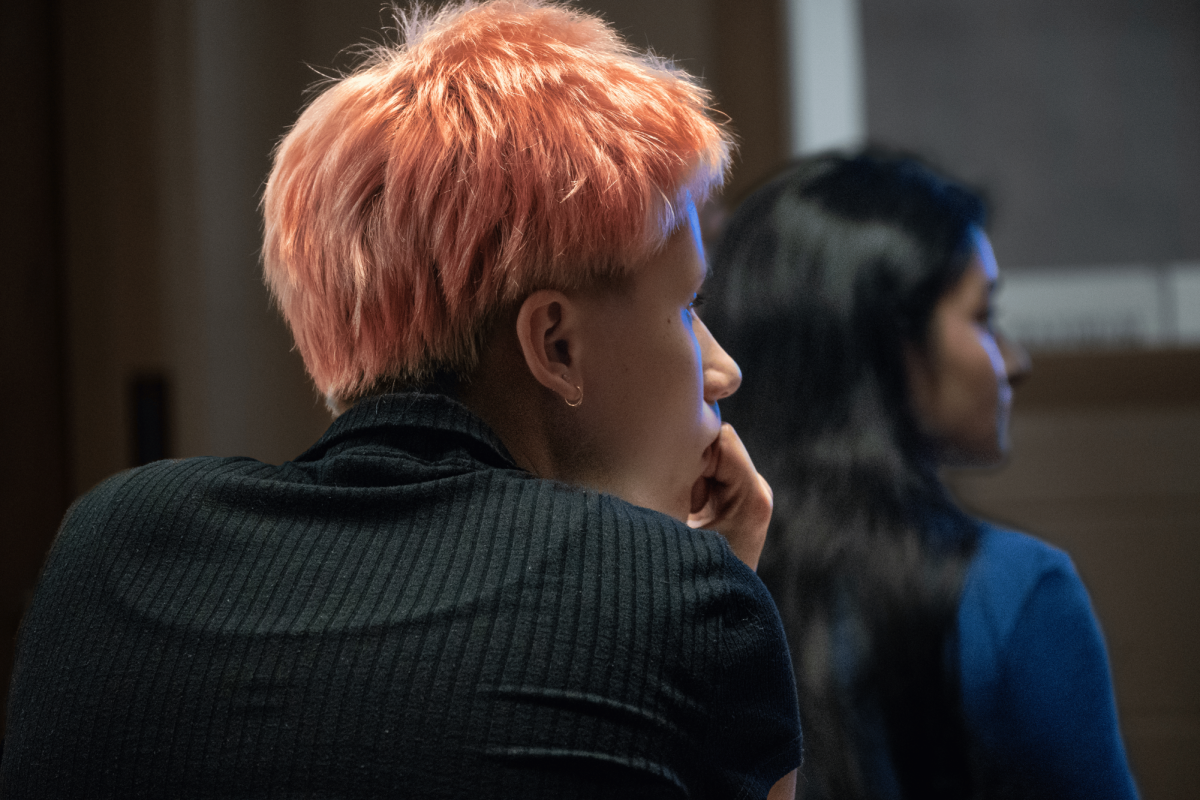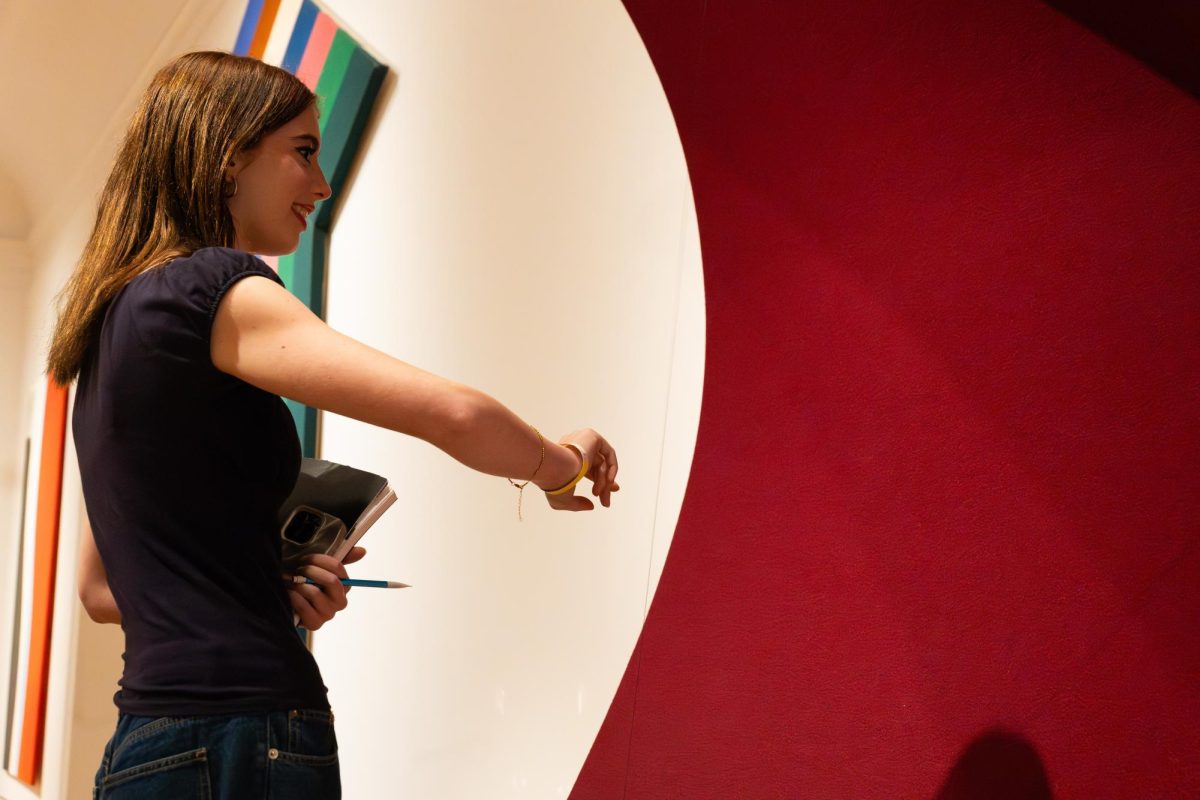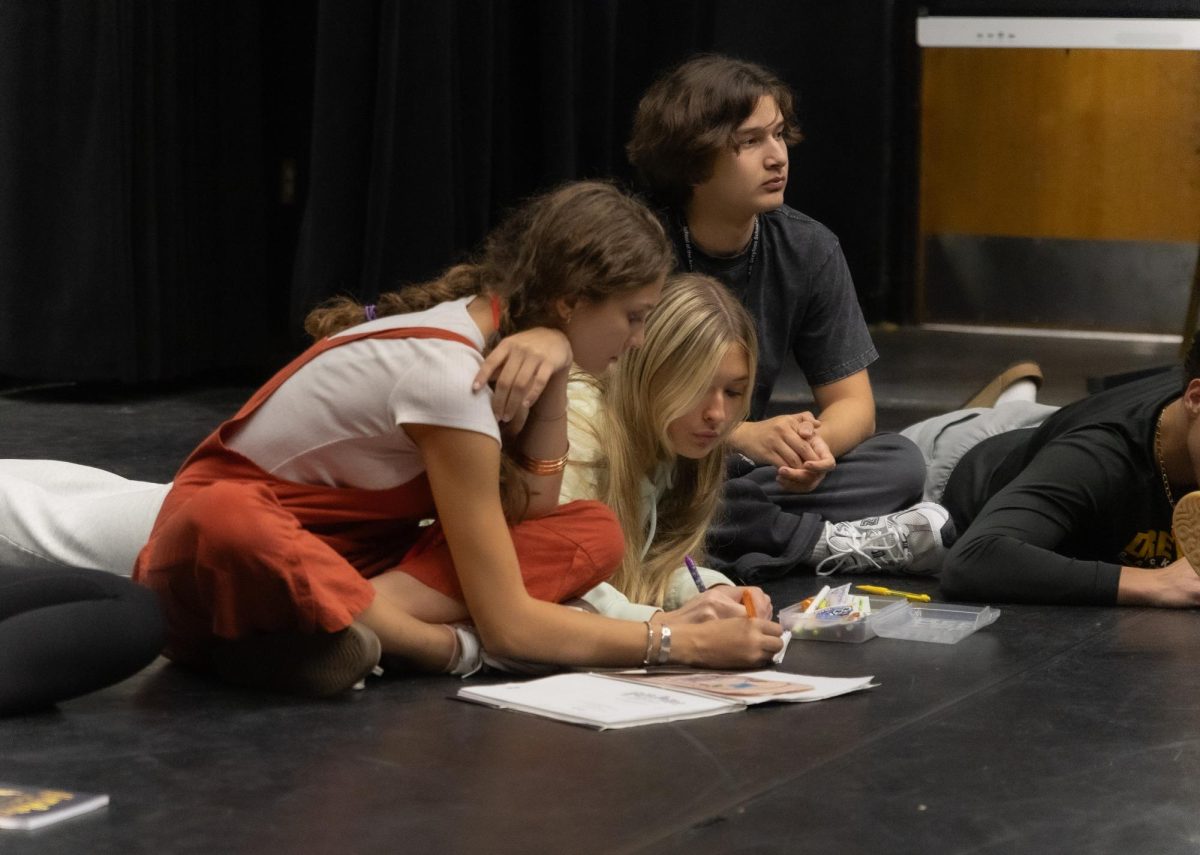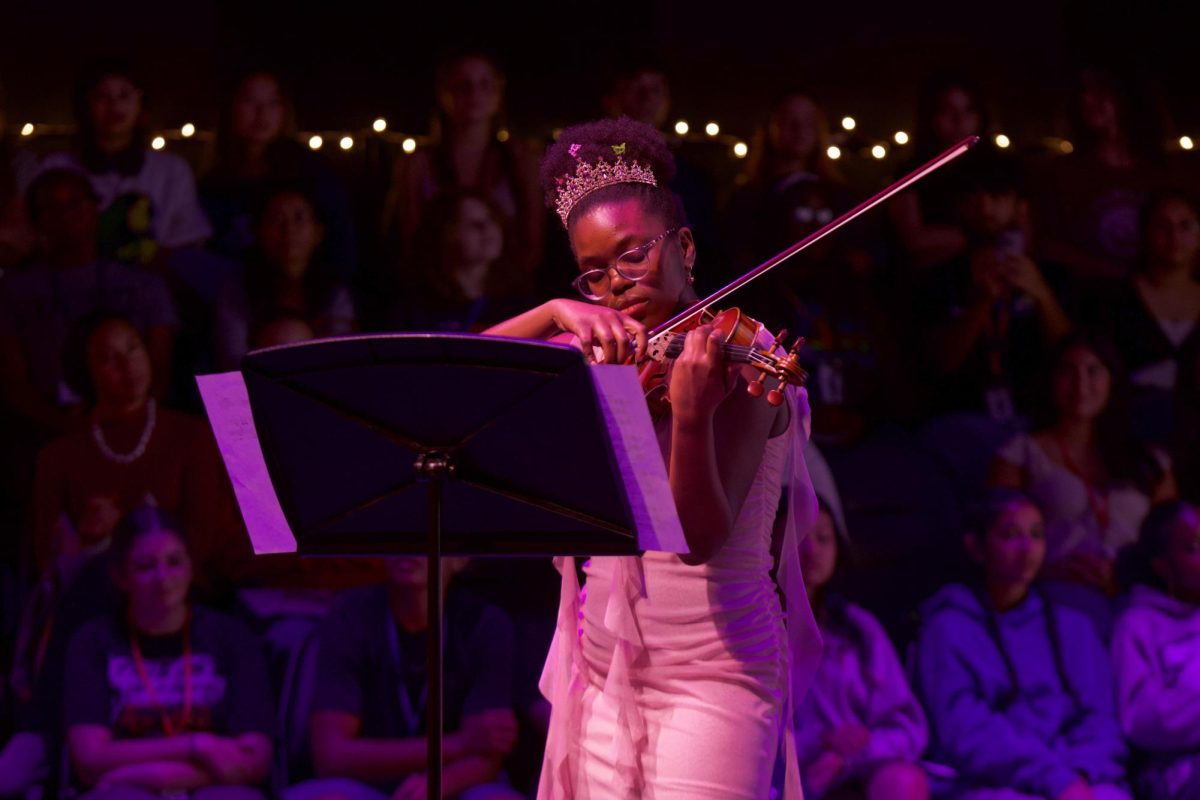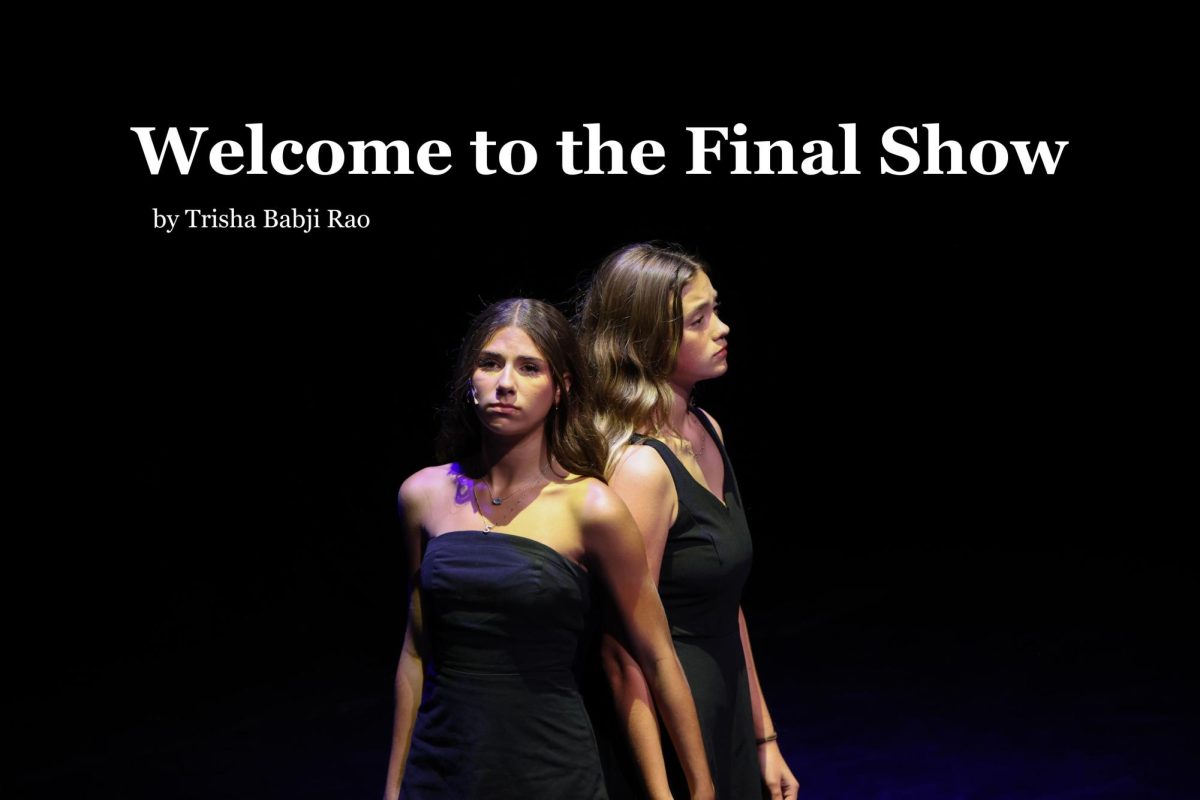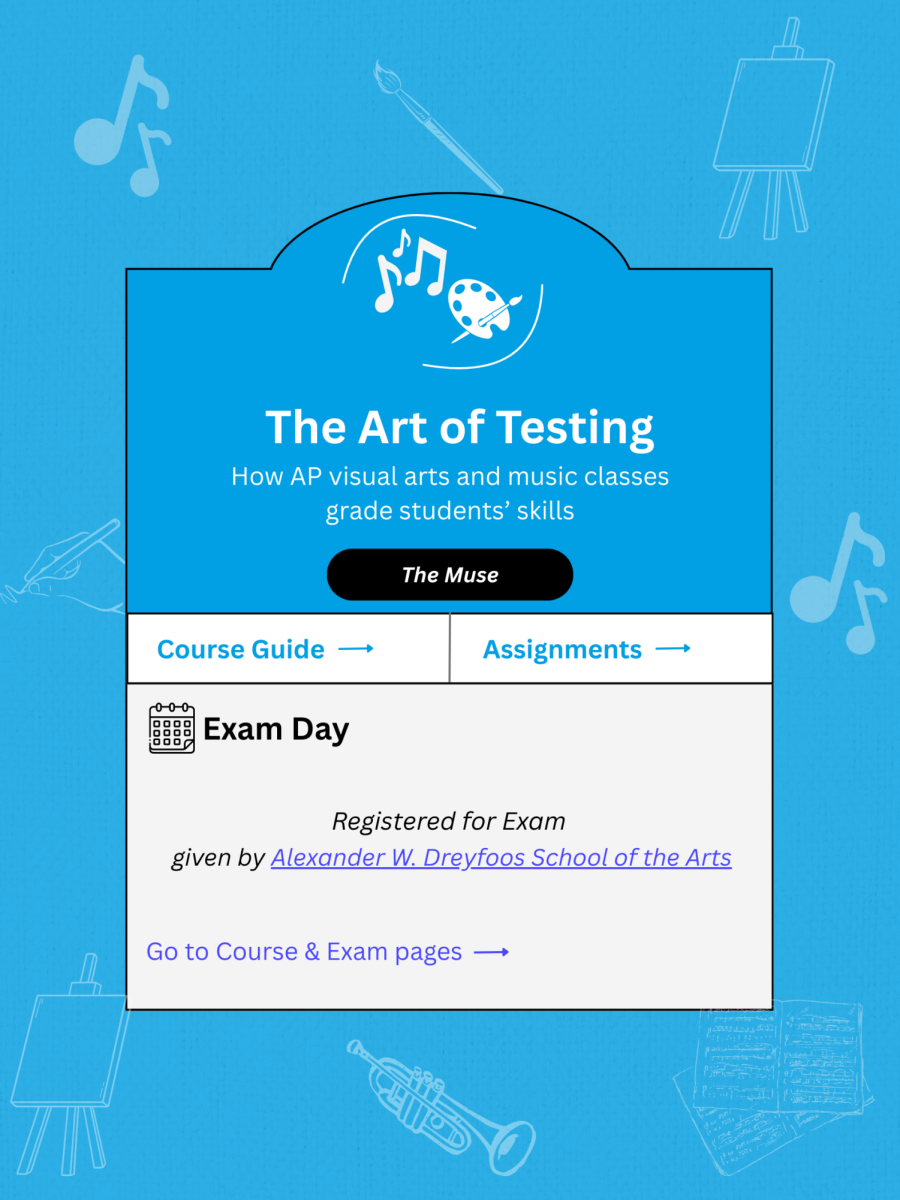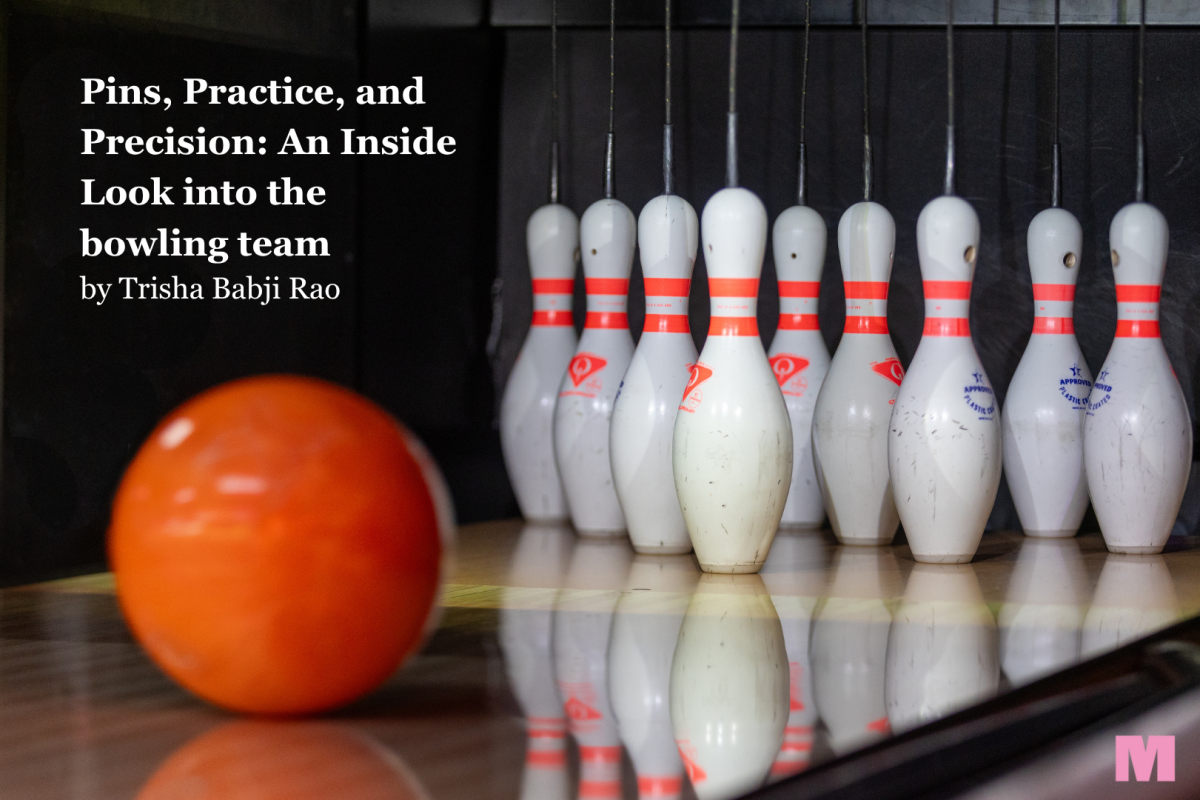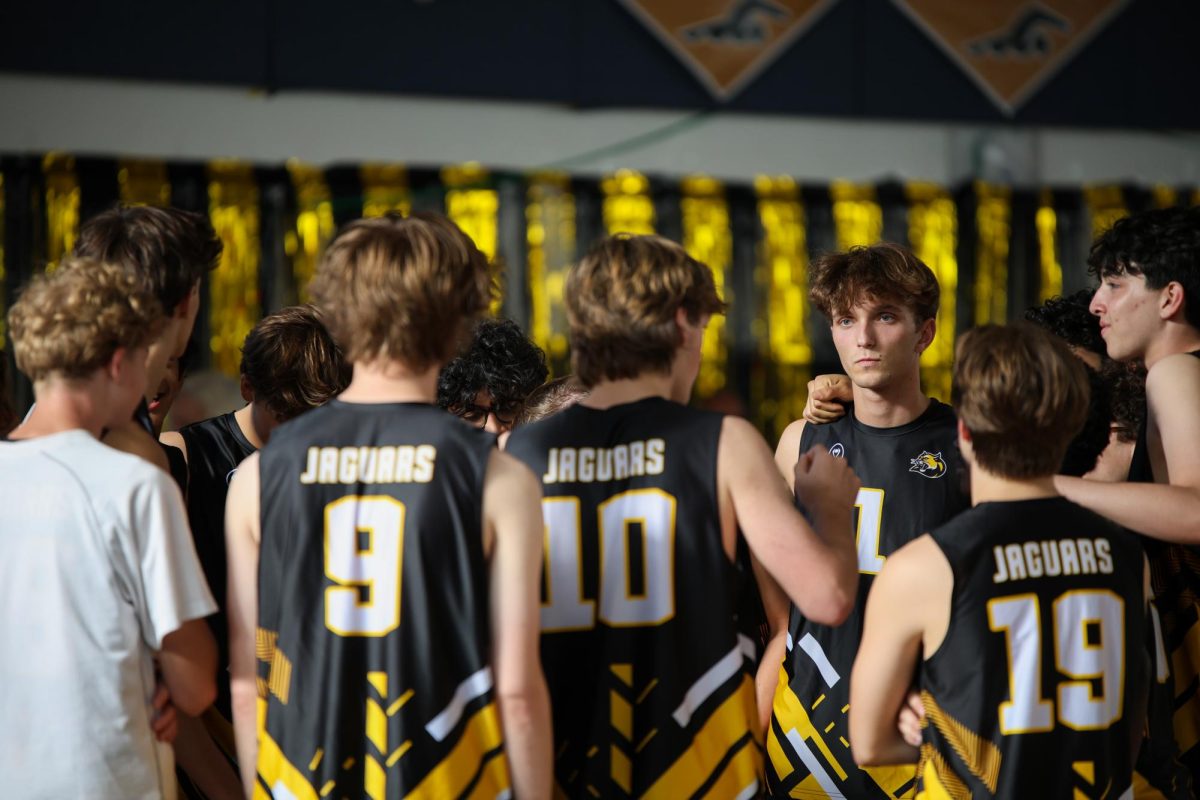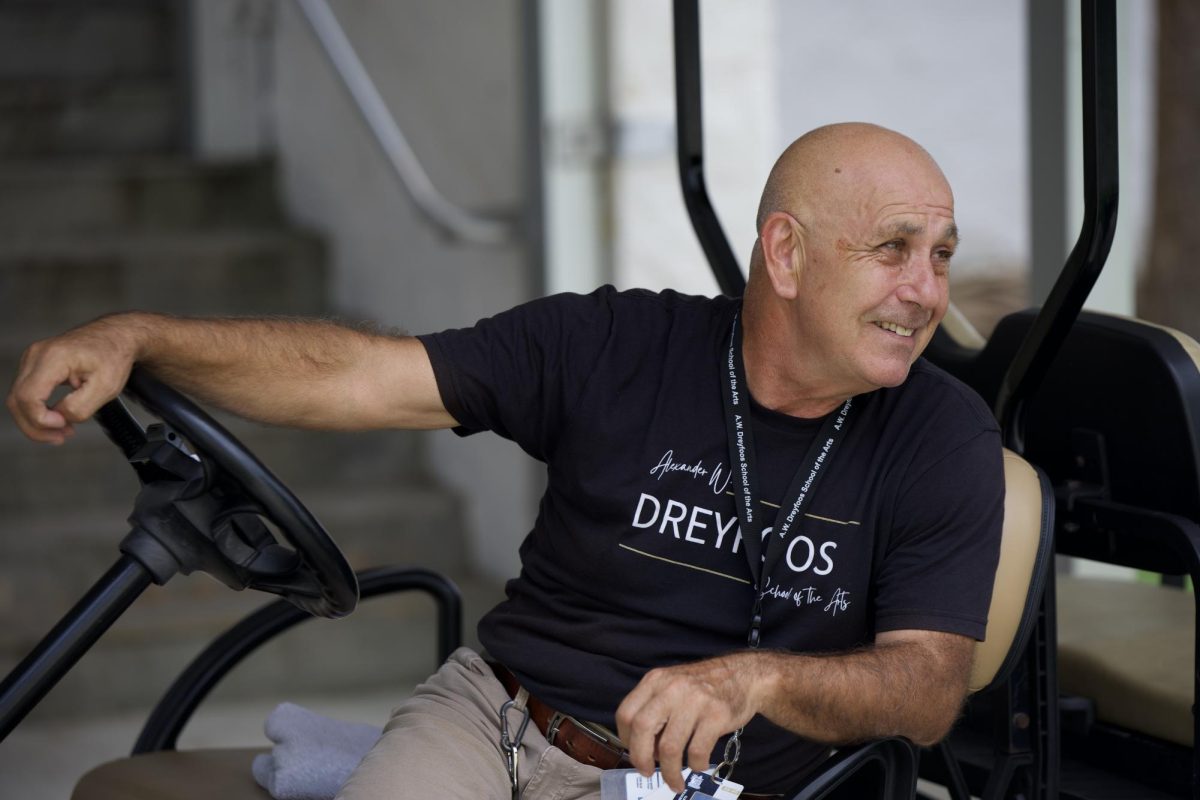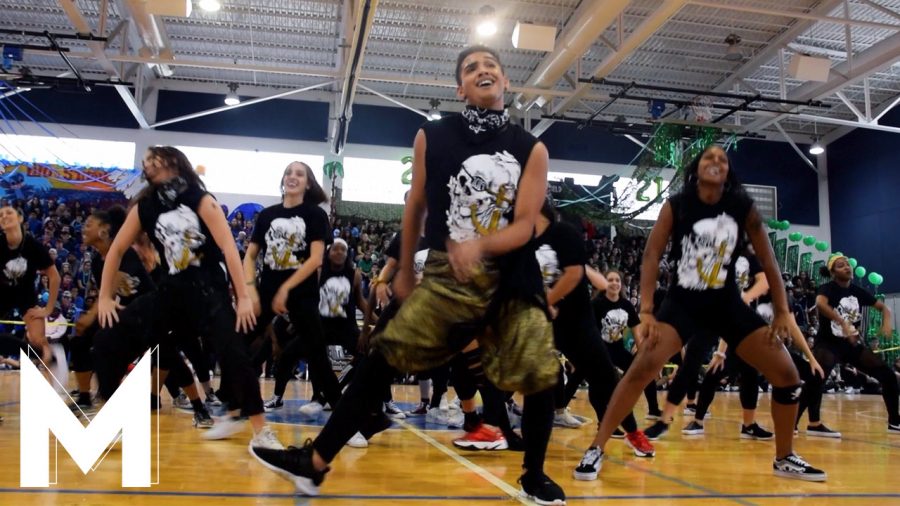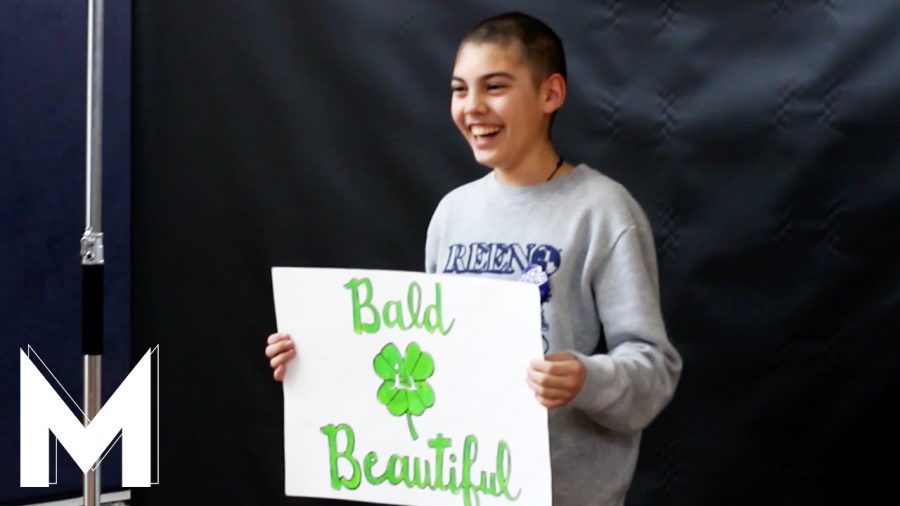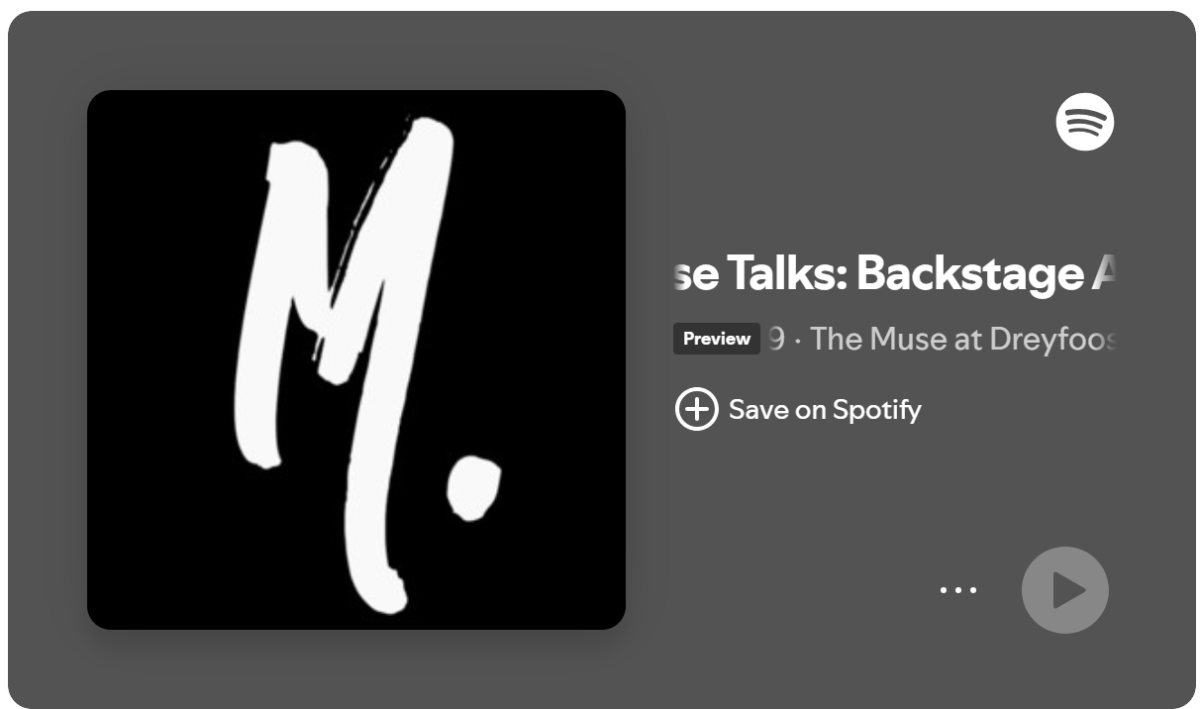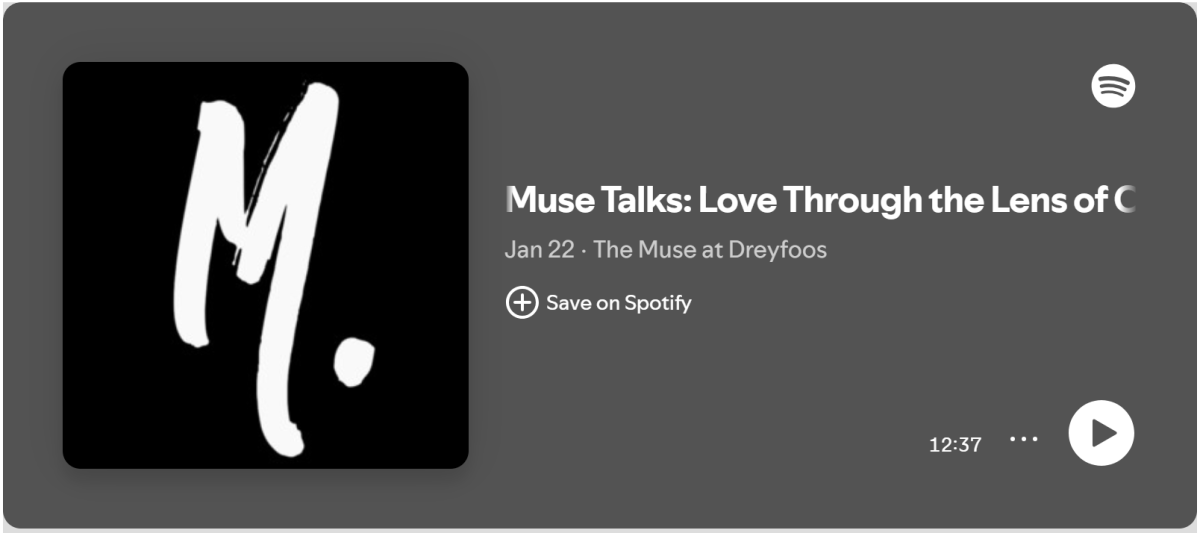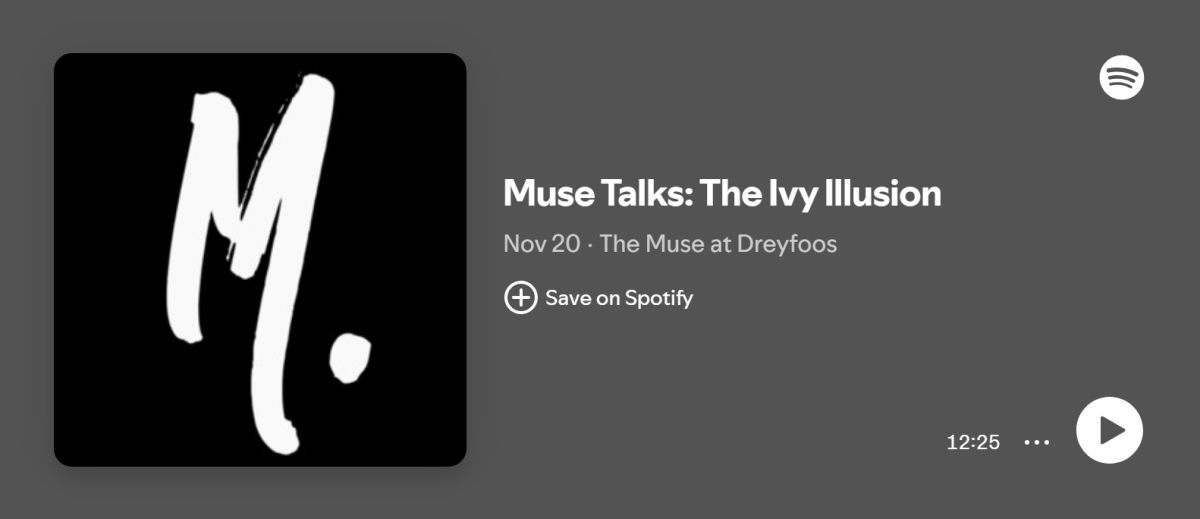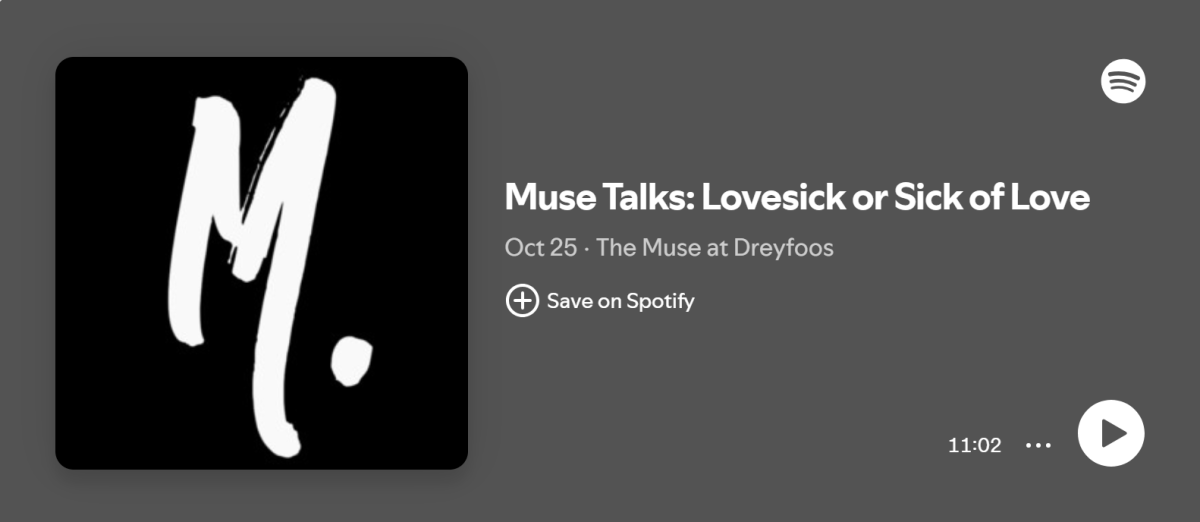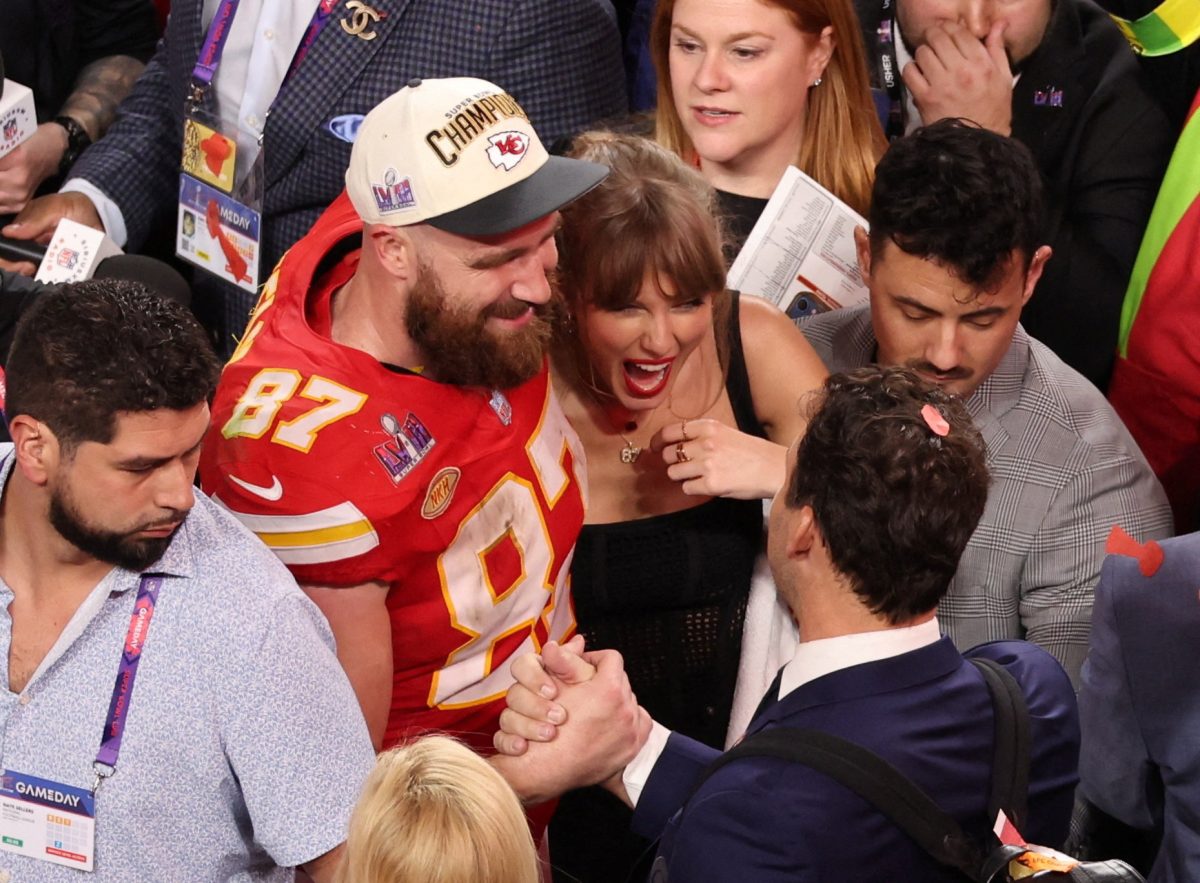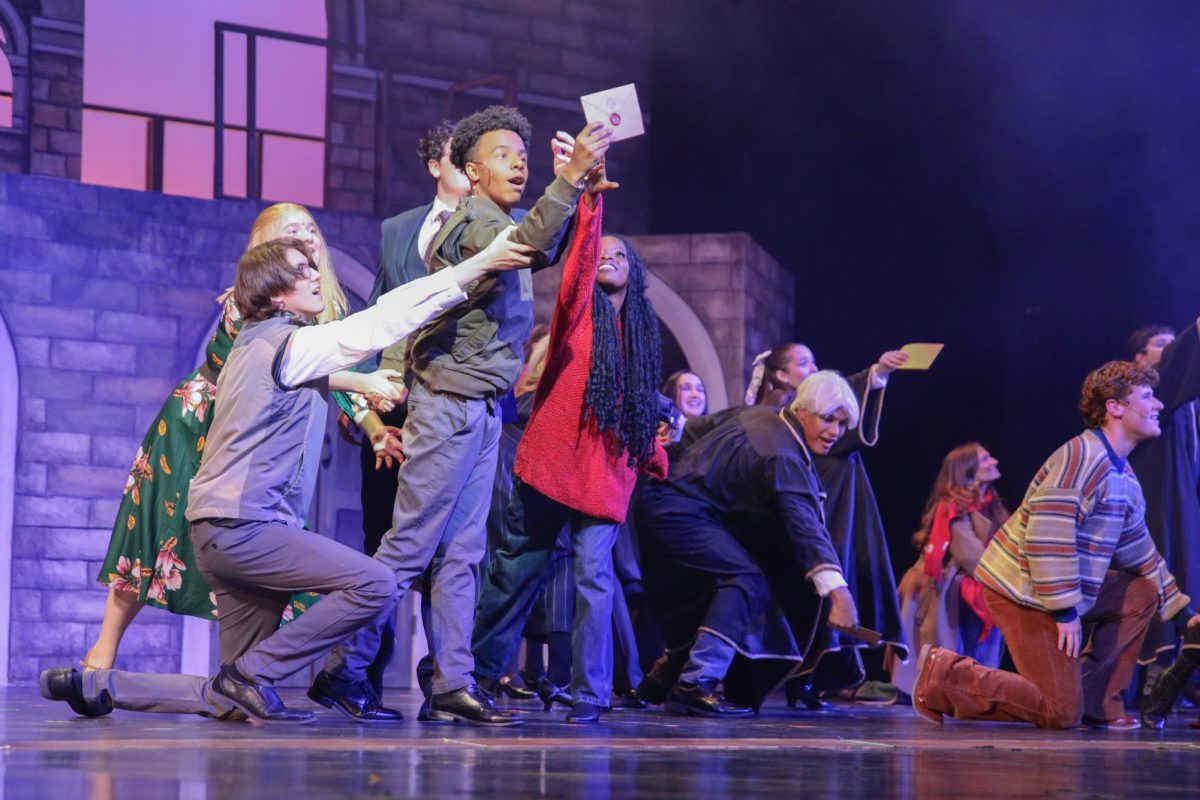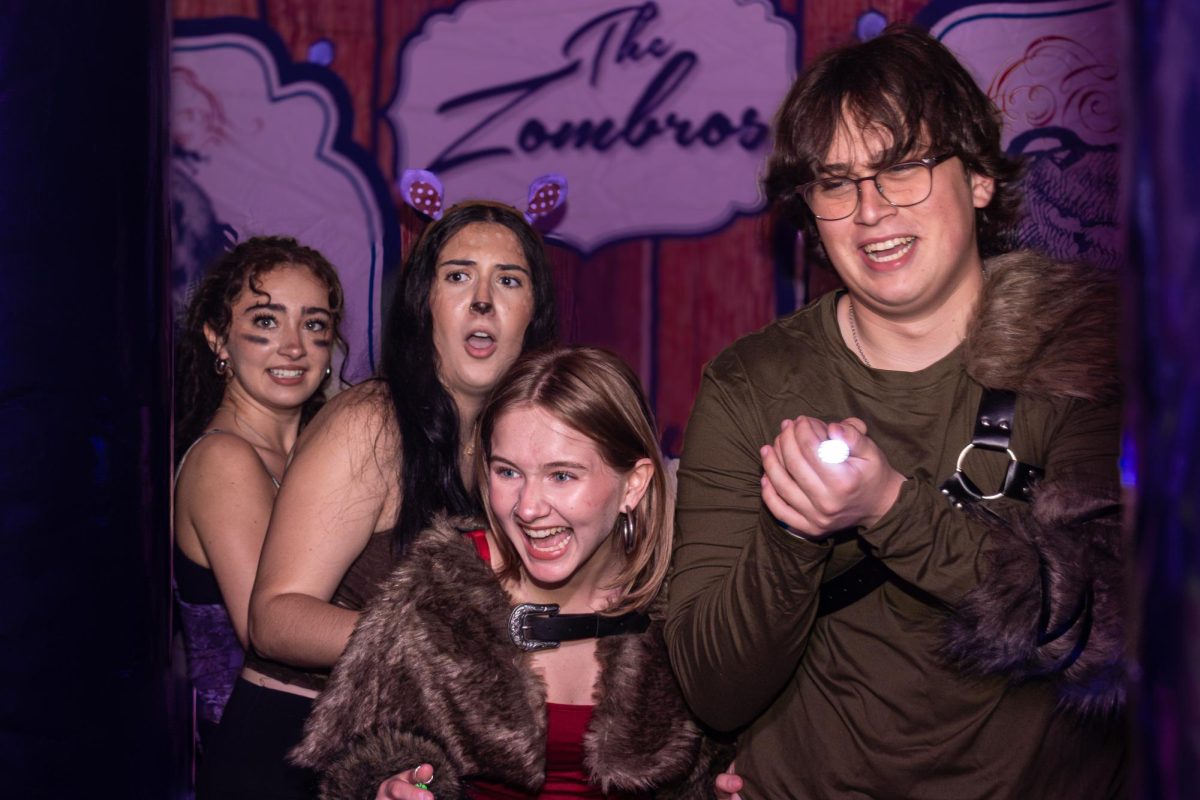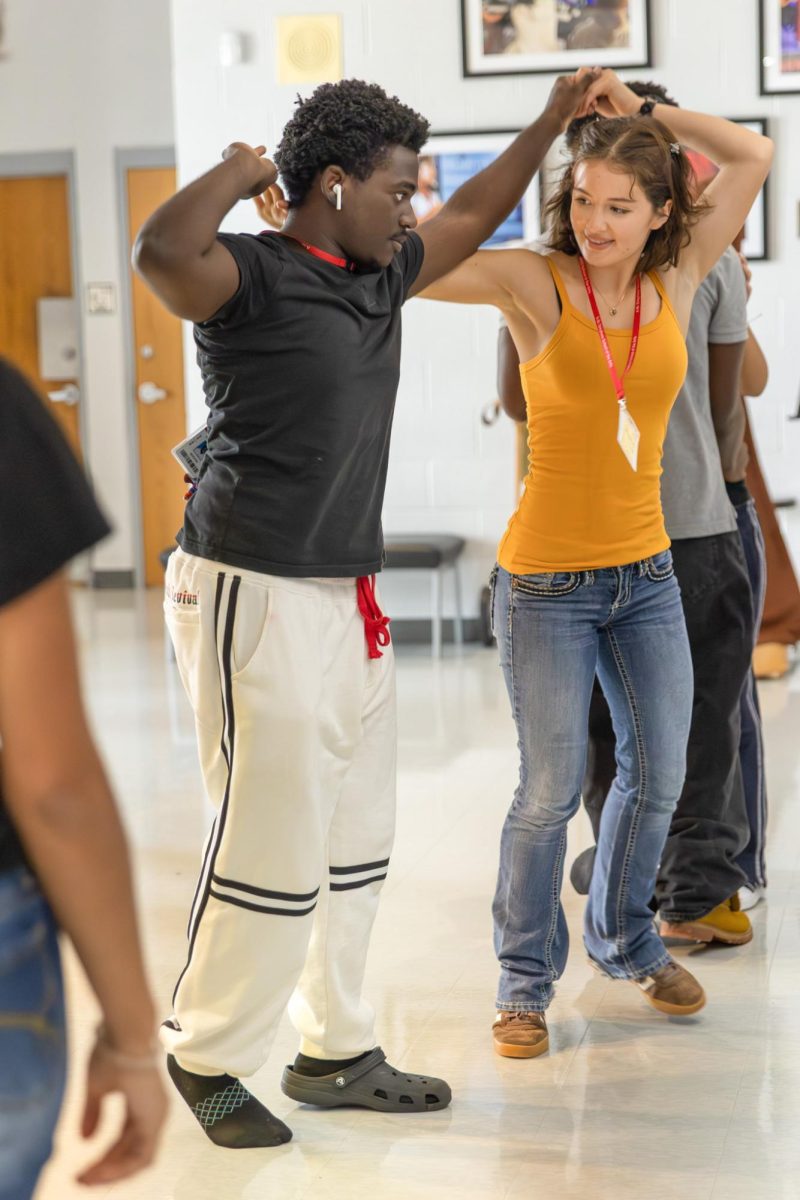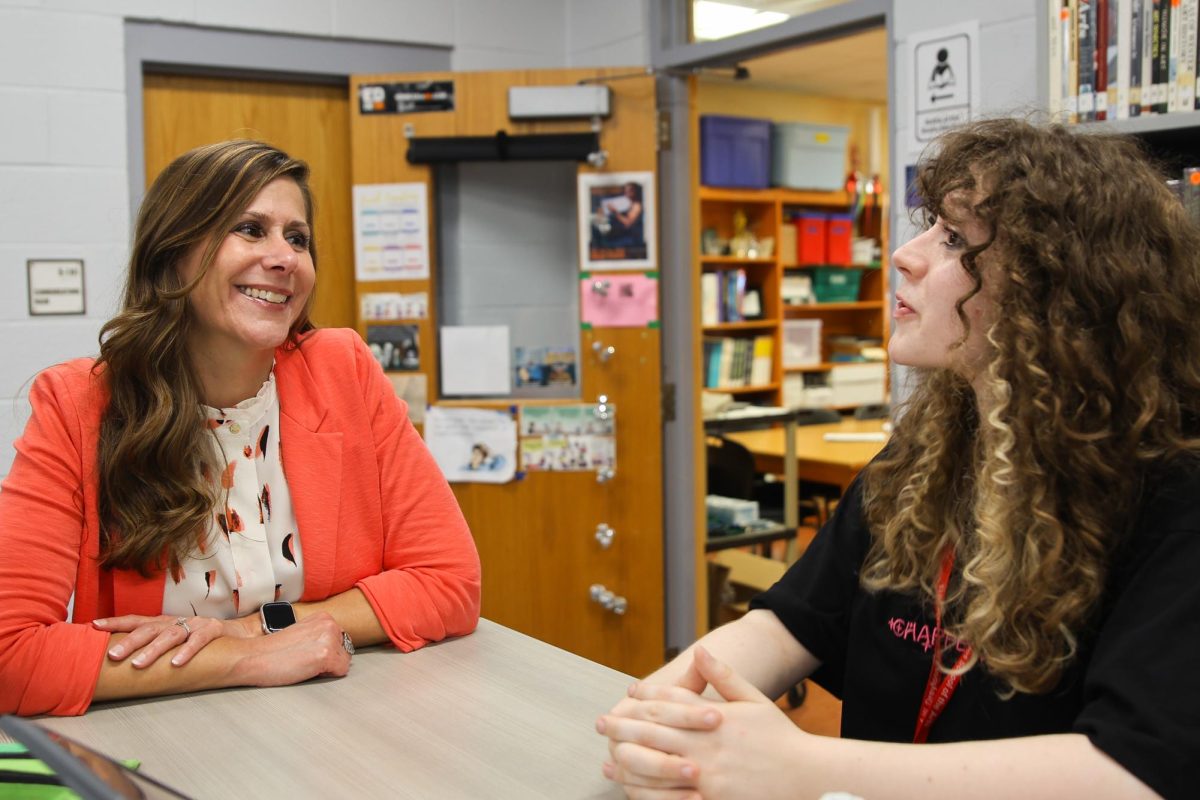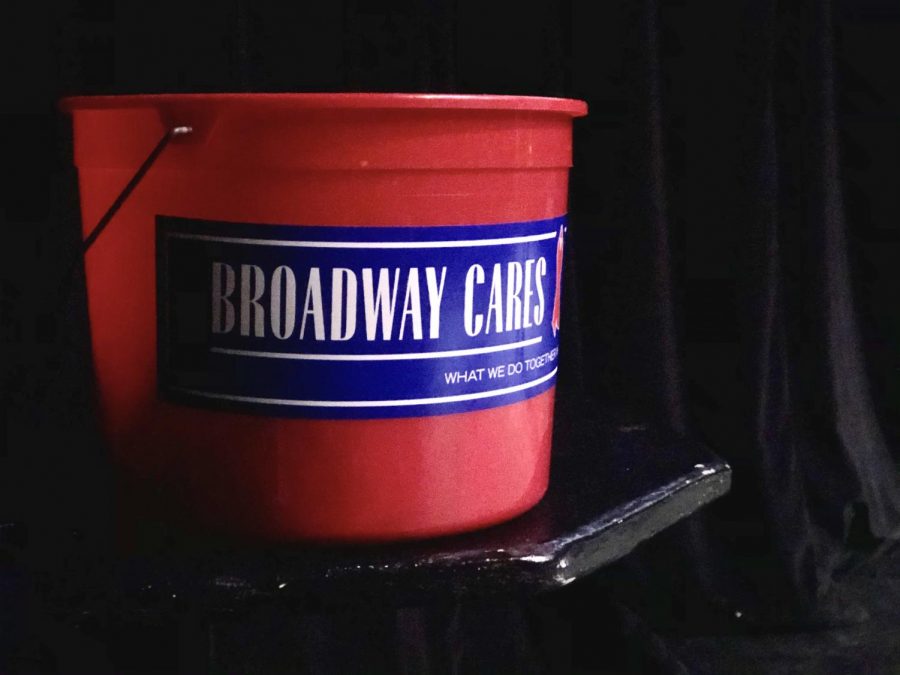RED RIBBONS AND BROADWAY BACKWARDS
THEATRE DEPARTMENT RAISES AWARENESS WITH WORLD AIDS DAY PERFORMANCE
As students walked into the Brandt Black Box Theatre, it was easy to see that most of them had something in common. Most wore the color red in some shape or form: jackets, T-shirts, sweaters, and earrings. The student’s red clothing symbolized how they were not only united by what they wore, but also by their support for a common cause.
The theatre department’s annual World AIDS Day Showcase was held in the Brandt Black Box Theatre on Dec. 6 during lunch. Every year, the school’s branch of the International Thespian Society raises money for Broadway Cares/Equity Fights AIDS, an organization that works to fund AIDS research. Students are encouraged to wear the color red as a callback to the Visual AIDS Artists’ Caucus’ “The Ribbon Project,” which was created to symbolize the fight against the disease at the height of the AIDS crisis.
During Friday’s showcase, bright red buckets passed through the audience, collecting loose change and dollar bills. Though ITS collects donations throughout the entire year, it tries to host a single, larger event around the start of December to honor World AIDS Day.
“[Broadway Cares is] a really big community that’s cared for a lot and supported in the theatre community, all over the United States,” said ITS Treasurer and theatre junior Heather Cruise. “[The organization is] linked to World AIDS Day because they dedicate one day to trying to make as much money as you possibly can [for AIDS research]—a push day, in a sense.”
This was the first year that ITS organized a theatre performance for the event. Theatre students decided to host their own version of Broadway Cares’ main fundraising event, Broadway Backwards. The show focuses on actors performing in roles written for the opposite gender, so students did something similar as they played characters from “A Chorus Line,” “Frozen,” “Dear Evan Hansen,” and more at Friday’s showcase.
“There’ll be guys singing songs from ‘A Chorus Line’ […] and girls playing guys that are begging for money,” said ITS President and theatre senior Maya Mays. “[It’s about] flipping stereotypes, changing everything on its head, and making people really entertained by doing something different.”
During the showcase, students performed musical numbers from a variety of Broadway shows and portrayed each character in a new light by emphasizing the masculine or feminine characteristics of each one. The Black Box filled with laughter and applause throughout the entire lunch period.
One of the featured pieces was a dance number performed by theatre sophomores Emily Rubino, Nicole Giddens, and Angelina Tharitimanont. They based their segment on a betting scene in the musical “Guys and Dolls,” working together on their own time to practice their choreography.
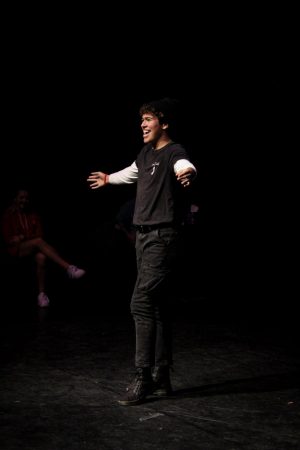
Theatre senior Juan Carlos Romero Munoz performs as Val Clark from “A Chorus Line” in his rendition of the song “Dance: Ten, Looks: Three.” The World AIDS Day performance was themed similarly to Broadway Backwards, a show characterized by actors who perform roles written for the opposite gender.
“We did have time to go through the dance and make sure that we knew it,” Tharitimanont said. “We took this past week and practiced at lunch.”
The students also recognized the importance of keeping the showcase lighthearted and fun in order to help ease any tension and get the audience more comfortable with a serious subject.
“[AIDS is] a topic that can get shoved under the rug just because of how awkward it is to talk about,” Mays said. “It was a thing that people kind of joked about, and it makes some people uncomfortable, and maybe if we could flip it and […] perform it, [we could] help raise money for it.”
In addition to raising money, one of the main goals of the showcase was to spread awareness about Broadway Cares and the importance of AIDS research. Cruise sought to be more inclusive and open up the show to all students who want to contribute to the organization.
“I just want the whole school to be more aware about the organization, because it’s such an incredible organization that’s doing so much to help in research for [this] disease,” Cruise said. “We need as many donations as possible to help with the research because it’s definitely not cheap.”
Many students do not have a personal connection to AIDS, and some may not encounter a person with the disease throughout their entire lifetime. Despite this, the theatre department believes that the good of the cause is enough of an incentive for people to contribute what they can.
“I personally don’t know anyone who has AIDS, but I know that there are a lot of people that do, and it’s worth giving back to the people [who] have it,” Rubino said.
“You don’t really need a connection to know how much it means to other people,” Tharitimanont added. “That’s why we did it.”
To learn more about Broadway Cares/Equity Fights AIDS and how you can help, visit their official website.
Your donation will support the student journalists of Dreyfoos School of the Arts. Your contribution will allow us to purchase equipment and cover our annual website hosting costs.

